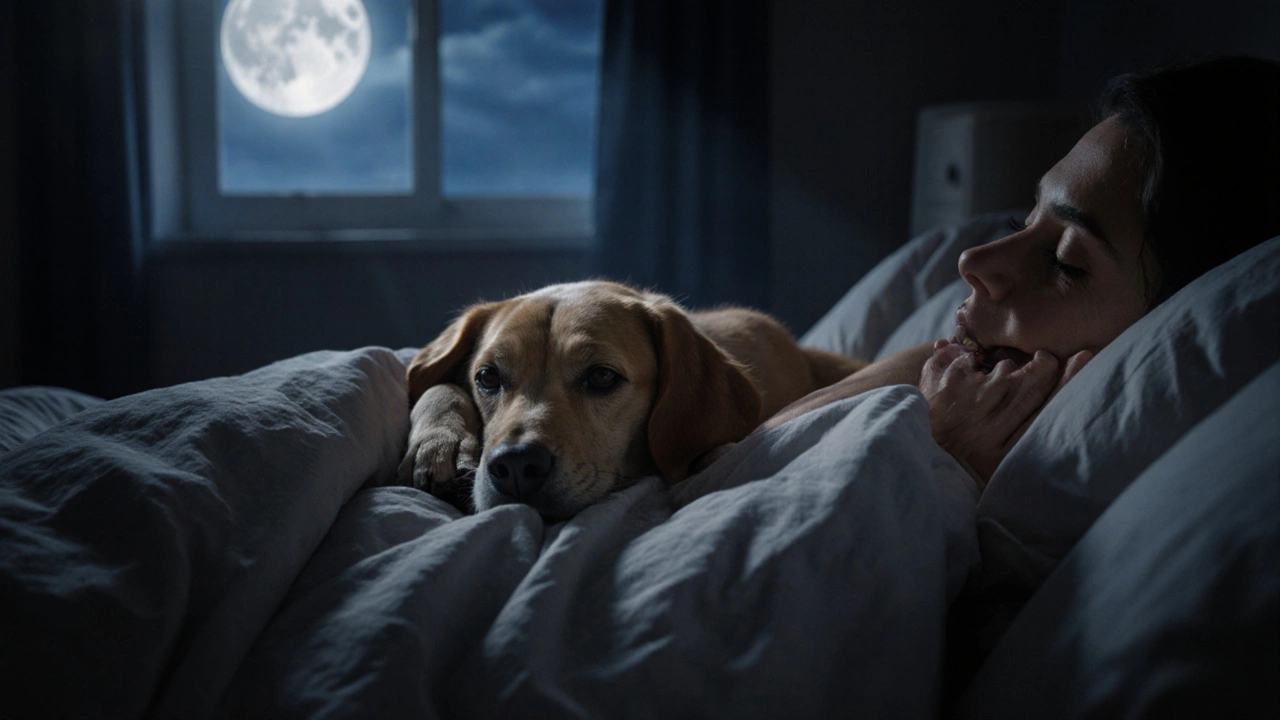Dog Sleeping Arrangements: What Works Best for Your Pet's Comfort and Health
When it comes to your dog’s well-being, dog sleeping arrangements, the setup where your dog rests and recovers each day. Also known as pet bedding setup, it’s not just about where they lie down—it’s about how well they sleep, recover, and feel safe. A poor sleeping spot can lead to joint pain, anxiety, or restless nights. And yet, many owners still put their dog on a thin mat on the floor, or worse, let them sleep on the cold kitchen tiles. Dogs aren’t small humans—they have different body shapes, needs, and instincts. Their sleep quality directly affects their energy, behavior, and even how long they live.
Think about dog bed, a dedicated surface designed to support a dog’s body during rest. This isn’t just a luxury—it’s a necessity, especially for older dogs or breeds prone to hip dysplasia. A good bed cushions pressure points, keeps them warm in winter, and stays cool in summer. But not all beds are created equal. pet bedding, the range of materials and designs used to create a dog’s resting space. Also known as dog sleeping surface, it includes memory foam, orthopedic padding, waterproof liners, and even heated options. And then there’s placement: under the bed, in the corner of the living room, or next to your own bed? Each choice sends a different message to your dog about safety and belonging.
Your dog’s age, size, and health all change what they need. A puppy might prefer a cozy, enclosed bed that mimics a den. A senior dog with arthritis needs firm, supportive padding. A large breed like a Great Dane needs space to stretch out—no curled-up beds here. And if your dog is a chewer or a drooler, you’ll want something easy to clean. The right dog sleeping arrangements don’t just look nice—they prevent long-term health problems and reduce stress. You wouldn’t sleep on a cardboard box for years, so why expect your dog to?
Look at the posts below. You’ll find real advice on picking the right bed shape, knowing when it’s time to replace an old one, understanding why some dogs prefer round beds while others need space, and even how to handle sleeping with puppies or senior dogs. These aren’t guesses—they’re based on what works for real dogs and their owners. Whether your dog curls up beside you or has their own corner, the goal is the same: deep, restful sleep every night. Let’s find what works best for yours.

Does Letting Your Dog Sleep in Your Bed Cause Separation Anxiety?
Letting your dog sleep in your bed doesn't cause separation anxiety. The real issue is emotional dependence and fear of being alone. Learn how to tell the difference and what actually helps.
View more